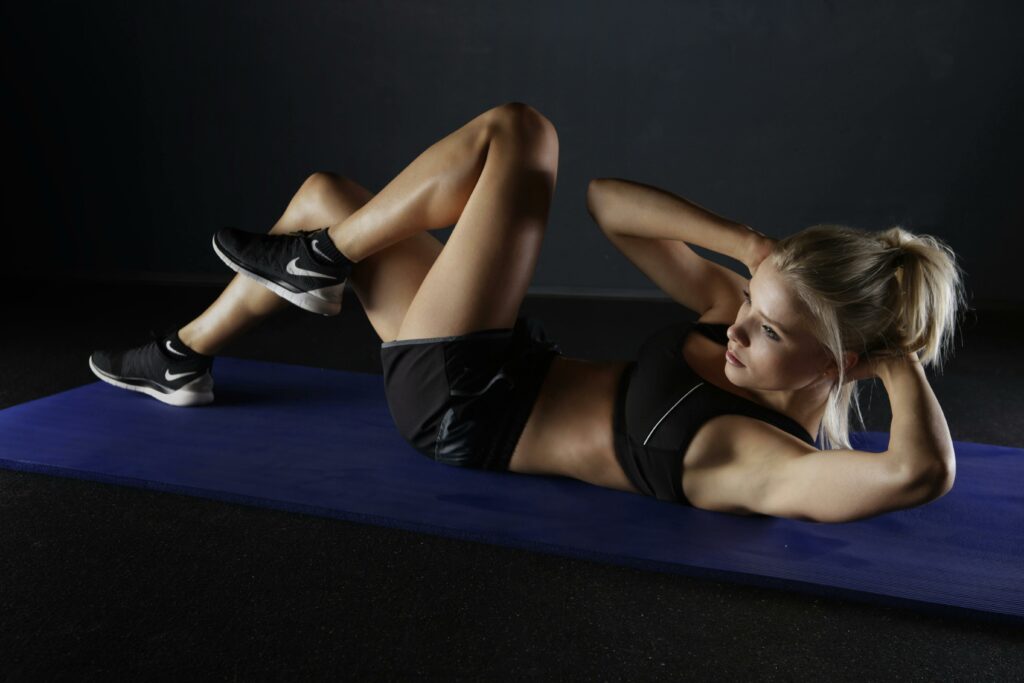A great workout can leave you feeling invigorated, strong, and accomplished. But as many fitness enthusiasts know, the post-exercise period can also bring about a case of the dreaded DOMS (delayed onset muscle soreness) or generalized body pain. Whether you’re a marathon runner, a gym rat, or an occasional fitness buff, the aftermath can sometimes hinder your enthusiasm for the next session.
This blog post dives into five proven methods to help you combat muscle aches and body pain after a workout, ensuring that your post-exercise routine not only builds your strength but also maintains your comfort and overall wellness. By following these evidence-backed strategies, you can turn the post-workout pain into a distant memory, allowing you to focus on getting back out there and reaching your fitness goals.
1. CBD Oil
In the quest for effective ways to alleviate post-workout body pain, one cannot overlook the potential of CBD oil. The benefits of CBD oil for pain relief have garnered significant attention in wellness circles, thanks to its anti-inflammatory properties and ability to modulate pain without the psychoactive effects associated with its cousin, THC. By interacting with the body’s endocannabinoid system, CBD oil can help to soothe sore muscles, reduce inflammation, and enhance the recovery process, making it an appealing option for athletes and fitness enthusiasts alike. Whether applied topically or consumed orally, incorporating CBD oil into your post-workout routine could be a game-changer in managing discomfort and speeding up recovery, allowing you to return to your fitness regimen with less downtime and better overall body health.
2. Proper cooling down and stretching
A proper cool-down is a crucial step that many overlook. As you end your workout, suddenly stopping can cause blood to pool in your muscles, leading to lightheadedness and even fainting. It’s important to allow your heart rate to gradually return to normal. Walking or light jogging for 5–10 minutes can achieve this and can be done as part of your cool-down routine.
Additionally, targeting muscles worked during the session with static stretches can go a long way in preventing stiffness and soreness. Focus on major muscle groups and hold each stretch for at least 15–30 seconds. The calves, quads, hamstrings, back, and shoulders are often key areas to address.
3. Hydration and nutrition
How you refuel post-workout can significantly impact recovery. Dehydration can exacerbate muscle soreness, so it’s important to re-hydrate with water or electrolyte-rich drinks to replenish what you’ve lost through sweat.
In terms of nutrition, post-workout meals or snacks should contain a balance of protein, healthy fats, and complex carbohydrates to aid in muscle repair and reduce inflammation.Foods such as salmon (rich in omega-3 fatty acids), leafy greens (packed with antioxidants), and quinoa (a complete protein source) can be beneficial for your recovery.
4. Use of Heat and Cold Therapy
Both heat and cold therapies have their roles in reducing muscle soreness. Heat, whether applied through a warm bath, a heated pad, or warm-up exercises, can increase blood flow to the affected areas, promoting relaxation and the removal of waste products from muscle Metabolism.
Conversely, cold therapy, or cryotherapy, causes blood vessels to constrict, reducing inflammation and dulling the sensation of pain. This can be achieved with ice packs or even through the application of a topical cold gel.
5. Active Recovery
Active recovery involves performing light exercises or activities on rest days or after a strenuous workout. This helps maintain or improve circulation to affected muscles, which can aid in recovery and reduce soreness without leading to further fatigue.
Activities such as walking, light jogging, swimming, or cycling at a gentle pace can all be considered active recovery. Yoga and stretching classes also fall under this category and can further promote flexibility and relaxation.
6. Massage and foam rolling
Self-myofascial release techniques, such as massage or foam rolling, serve to break down adhesions and internal scar tissue that can occur in muscles after intense workouts. These methods can improve blood flow, aid in the delivery of nutrients to muscles, and accelerate Recovery.
Foam rolling, in particular, has gained popularity for its ability to mimic the effects of a deep tissue massage. It’s important to roll slowly over tender spots and to breathe deeply for optimal release of tight areas.
By incorporating these five strategies into your post-workout routine, you can effectively alleviate body pain and enhance your recovery process. It’s essential to listen to your body, experiment with various techniques, and find the combination that works best for you. Over time, you’ll become adept at recognizing the needs of your body and providing the right care to keep it functioning at its best.
The Best Exercise Program for Each Decade of Your Life(Opens in a new browser tab)
Conclusion
Remember, the goal of any exercise regimen is not just to push your limits but also to respect the recovery phase. Each of these strategies addresses a different aspect of post-workout recovery, and together, they can form a comprehensive approach to managing body pain and soreness. Regular application of these methods can turn recovery into a rewarding part of your fitness journey, allowing you to bounce back stronger and more resiliently after each workout.
